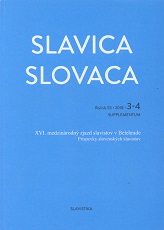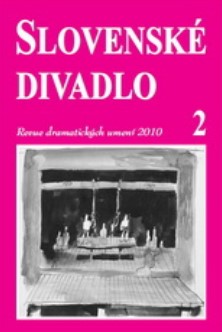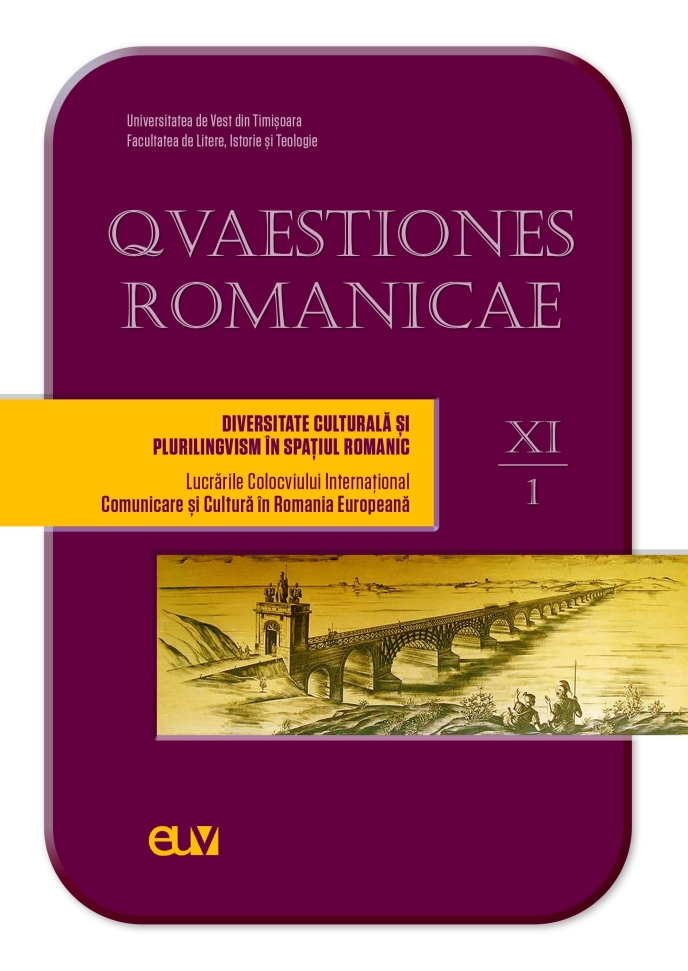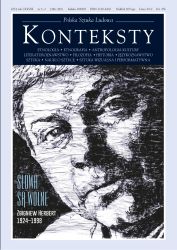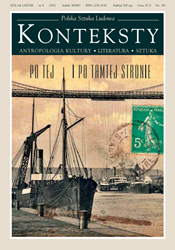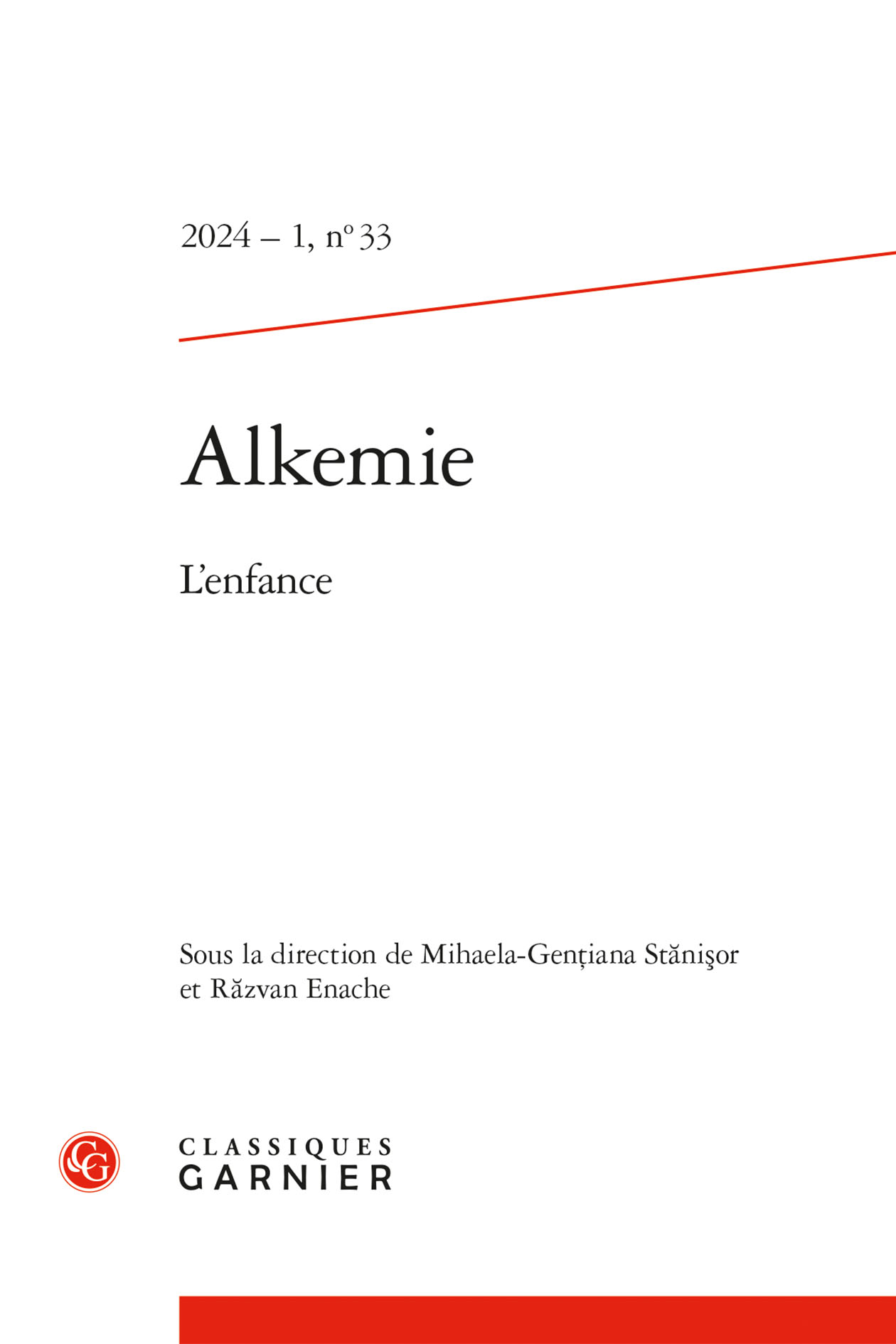Author(s): Roxana-Sorana Ardeleanu / Language(s): Romanian
Issue: 3/2024
Whether as a discreet background or in the foreground, music accompanies the acting performance, composes and recomposes whole moments, participates in defining the depth of the stage space and, at the same time, integrates into the development of the theatrical creation. Musical moments can be integrated into the role of the actors, by introducing certain replicas that they have to sing, can accompany the dramaturgical evolution or appear as interludes, which separate and at the same time connect the fragments of the play.This last hypostasis is present in the performance Henry IV by Luigi Pirandello, staged by the Hungarian State Theatre “Csiky Gergely” in Timisoara, directed by Victor Ioan Frunză, a performance whose premiere took place on March 2, 2019. Composer Cári Tibor has written independent musical pieces, introduced in the form of interludes in the interpretation of an eclectic instrumental ensemble, whose sound evolution is conducted by the composer and takes place live, in front of the audience, at each performance. The composition of the orchestra, consisting of 15 instrumentalists, was established by the composer and includes a double string quartet, wooden and brass wind instruments, piano and percussion instruments. The effect of combining the sound variety of all these instruments increases the drama of the show, and the unfolding of musical moments exposes the conclusion of each act of the performance and provides the context of the next scenes.
More...

